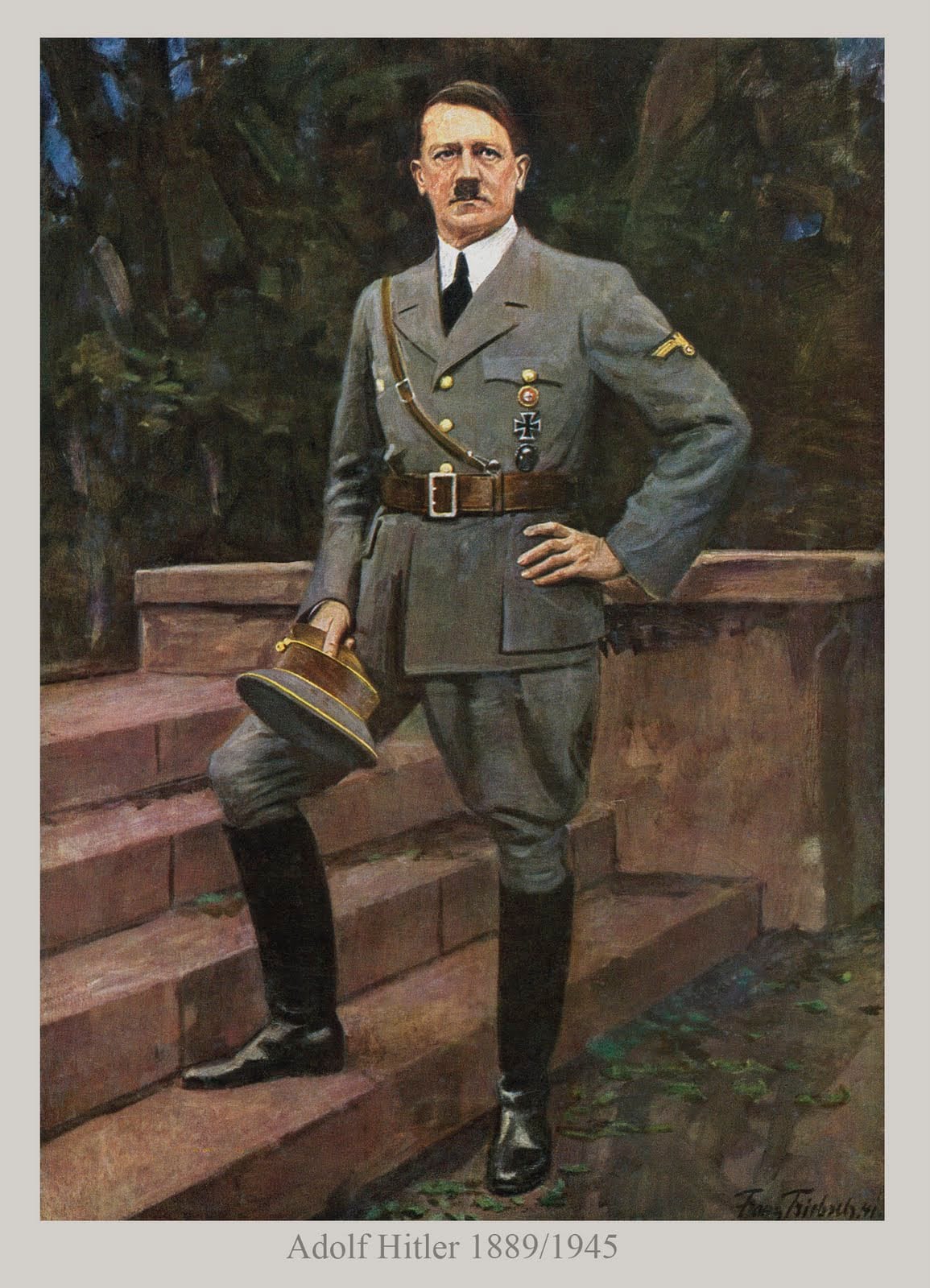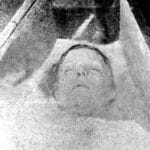Imagine this: Adolf Hitler, not in the stark black and white we’re accustomed to, but in full, vibrant color. This isn’t an alternate history, but a glimpse into the past made possible by the discovery of rare color photographs taken by Hitler’s personal photographer, Hugo Jaeger. These images offer a startlingly different perspective on the dictator, one that challenges our understanding of history and the very nature of evil.
The Human Side of a Dictator: Color Photography and Its Impact
We’re conditioned to see Hitler in grayscale – a ghostly figure relegated to the pages of history books. Yet, when we encounter him in color, a jarring shift occurs. He transforms from a distant monster into a man of unsettling vibrancy. This is the power of Jaeger’s photographs. They present Hitler not as a creature of myth, but as a human being with piercing blue eyes, hair more brown than black, and a particular style of dress. It’s a chilling reminder that even history’s most notorious figures were once flesh and blood.
These images, however, were much more than casual snapshots. The Nazi regime, keenly aware of the emerging power of color photography, utilized it as a tool for meticulously crafted propaganda. By drenching rallies in vibrant reds, stark blacks, and evocative imagery, they created a spectacle designed to overwhelm the senses and sway the masses. Seeing these events in color today allows us to grasp the visceral impact of Nazi propaganda and its ability to manipulate emotions on a grand scale.
But Jaeger’s photographs also provide us with a more nuanced understanding of the Third Reich, offering glimpses behind the curtain of carefully constructed narratives. We see Hitler at his mountain retreat, seemingly at ease; we witness him interacting with children, cultivating an image of avuncular benevolence. These images serve as a stark reminder that even the most monstrous individuals are capable of presenting a facade of normalcy, of masking their true nature behind a carefully constructed persona.
It is crucial, however, that we never allow this perceived humanity to eclipse the horrifying reality of Hitler’s actions. The atrocities committed under his reign are undeniable, and no amount of colorization can erase the stain of the Holocaust. While these photographs may humanize Hitler in a way that black and white images cannot, they must always be viewed within the context of the immense suffering inflicted under his leadership.
Did They Have Color Photos in WW2?
Contrary to popular belief, color photography wasn’t a futuristic concept during World War II. While black and white film dominated due to its affordability and ease of use, color photography did exist. However, its high cost and technical challenges limited its use primarily to governments and militaries, who quickly recognized its potential for propaganda.
Hugo Jaeger, as Hitler’s personal photographer, was uniquely positioned to leverage this emerging technology. His access to the dictator, both in public and private settings, allowed him to capture a trove of color images that provide an intimate glimpse into Hitler’s life. These images are not only historically significant, but also somewhat eerie in their ability to transport us back to a pivotal moment in history.
It is essential to recognize that these color photographs played a crucial role in shaping public perception of Hitler. By presenting him in vibrant color, imbued with a sense of realism that black and white images lacked, the Nazi propaganda machine was able to cultivate a more relatable, less menacing image of their leader.
However, it is crucial to remember that these photographs were carefully curated to present a specific narrative. They were, in essence, sophisticated PR tools designed to elicit a desired response. While fascinating historical artifacts, they should be approached critically, recognizing their inherent bias and the manipulative intent behind their creation.
In essence, color photos from World War II are pieces of a complex puzzle. They provide valuable insights into the propaganda mechanisms of the time, offer glimpses into the lives of key figures, and even document everyday life for those caught in the crosshairs of history. But like any historical source, they must be interpreted with a discerning eye, remembering that every image tells a story, and sometimes, the most important details are hidden beneath the surface.
What is Hitler’s Full Name?
Intriguingly, while we delve into the intricacies of color photography during Hitler’s reign and grapple with the ethical complexities of viewing these images today, the article never explicitly mentions his full name. It’s a subtle omission, perhaps intentional, that serves as a reminder of the power these images hold. They compel us to confront the man behind the myth, to grapple with his humanity even as we condemn his actions, all without ever needing to utter his full name.
Instead, the article focuses on the impact of these colorized photos, many captured by his personal photographer Hugo Jaeger. We see a more accessible Hitler, engaging with children or relaxing with companions. These images can be disarming, leading us to momentarily forget the horrors he orchestrated. This is why understanding the context of these photos, their intended use as propaganda, is crucial.
The allure of these colorized images lies in their ability to make the past feel more immediate, more real. However, we must remain vigilant, reminding ourselves that these images represent a carefully constructed facade. They are not a window into Hitler’s soul, but rather, a testament to the power of image manipulation and the dangers of accepting visual information at face value. By engaging with these images critically, we can learn not only about the past but also about the enduring power of propaganda and the importance of media literacy in our own time.
Exploring Further – The Untold Story in Color
While this article provides a solid foundation, let’s delve deeper into the complexities surrounding color photos of Hitler and Nazi Germany:
1. The Psychological Impact of Color
Consider how color photography might subconsciously influence our perception of historical figures. Do vibrant colors, as opposed to stark monochrome, evoke empathy or make these figures more relatable? Or could they, conversely, amplify the sense of unease and moral dissonance we experience when confronted with the visual evidence of their humanity?
2. The Enduring Fascination with Colorized History
Why are we so captivated by colorized historical photos, particularly those depicting infamous figures like Hitler? Is it morbid curiosity, a desire to make history feel more tangible, or something else entirely? Exploring this fascination can shed light on our relationship with the past and the ways in which visual media shapes our understanding of historical events.
3. Colorization vs. Original Color – An Ethical Debate
The article briefly mentions colorized photos. This distinction is crucial. Photos originally shot in color carry a different weight than those digitally colorized later. Is there an ethical difference? Does altering historical images, even with good intentions, risk distorting the past? This debate highlights the responsibility we have when interacting with and interpreting historical materials.
Remember, history is not static. New discoveries, like Jaeger’s color photos, consistently challenge our understanding of the past. By approaching these images with a critical eye and a commitment to ethical analysis, we can use them to foster dialogue, deepen our understanding of a complex period in history, and ensure the lessons of the past are not forgotten.
Don’t forget to explore related content on our site:
- Read all about the newspaper’s announcement of Hitler’s death.
- Delve into the chilling story of the serial killer known as the “Butcher of Plainfield.”
- Navigating the Lucas County Auditor’s Office: Property Taxes, Assessments, and Online Resources - November 22, 2024
- Pampa Mourns Kaley Bilyeu, 18, Killed in DUI Crash - November 22, 2024
- Marianne Ginther: The Untold Story of Newt Gingrich’s Second Wife - November 22, 2024














